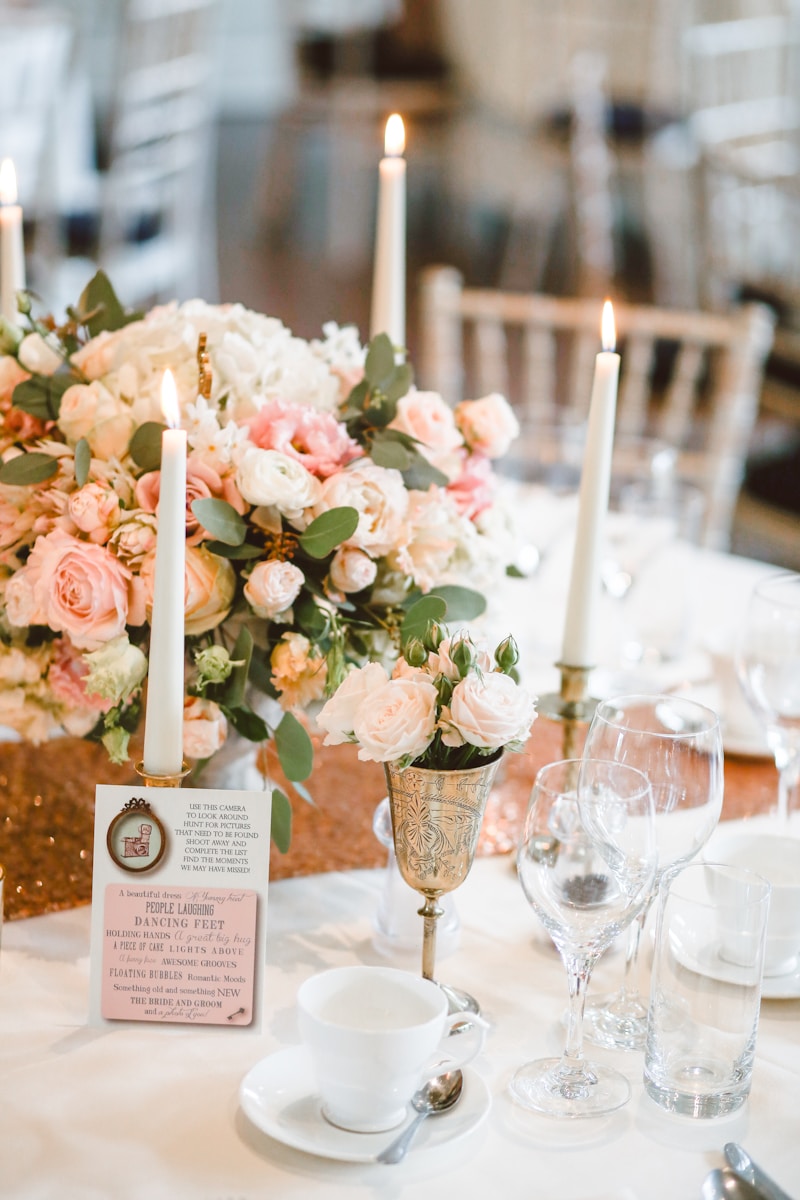Exploring the Influence of Culture on Fabric Choices in Wedding Gowns
Understanding the Cultural Impact on Wedding Gown Fabrics
Wedding gowns are often one of the most significant attire choices in a person's life, and the fabric used in these gowns plays a crucial role in the overall aesthetic and cultural significance. The influence of culture on fabric choices in wedding gowns is profound, as different cultures bring unique perspectives and preferences that shape the designs and materials used for these garments.
The Significance of Culture in Wedding Traditions
The cultural background of individuals heavily influences their wedding traditions. From the colors chosen to the styles of the gowns, culture dictates what is customary and accepted. For example, in many Western countries, white wedding gowns symbolize purity and innocence, while in countries like India, red is often favored as it represents prosperity and fertility. This varying symbolism directly affects the fabric choices as well.
Popular Fabrics in Different Cultures
Let’s explore some of the traditional fabrics preferred by different cultures in wedding gowns:
| Culture | Preferred Fabrics |
| Western | Satin, Silk, Lace |
| Indian | Silk, Georgette, Brocade |
| Chinese | Silk, Velvet |
| Japanese | Chirimen, Silk |
| Middle Eastern | Organza, Taffeta |
Western Traditions and Fabrics
In Western cultures, the white wedding dress became popular in the 19th century, primarily due to Queen Victoria's choice to wear white silk satin at her wedding to Prince Albert. This choice changed the fabric landscape significantly. The most commonly selected fabrics in this region include satin, silk, and lace, each giving a different effect. Satin is smooth and luxurious, silk offers a natural sheen and drape, while lace adds a romantic and delicate touch. The choice between these fabrics often depends on personal style and the season in which the wedding takes place.
Indian Weddings and Fabric Choices
In India, wedding attire is rooted deeply in tradition and culture. Weddings are lavish affairs, often lasting several days, and the attire reflects this grandeur. The preferred fabrics for Indian wedding gowns often include silk, georgette, and brocade. Silk is particularly prized for its rich texture and draping quality, making it perfect for elaborate lehenga cholis. Additionally, fabrics like georgette are favored for their lightweight nature, ideal for comfort during lengthy celebrations. Bridal wear in India not only showcases vibrant colors but also incorporates intricate embroidery, bead work, and other embellishments, which enhance the beauty of the fabric.
Chinese Culture and Wedding Fabrics
In Chinese culture, red symbolizes luck, happiness, and prosperity, making it a popular choice for wedding gowns. Traditional Chinese wedding dresses, or Qipao, are often made from luxurious fabrics like silk or velvet, adorned with intricate designs and symbols of good fortune. The choice of fabric plays an essential role in the overall look of the gown, as it needs to convey elegance and reverence for the occasion while being comfortable for the bride.
Japanese Wedding Attire and Fabrics
Japanese wedding gowns encompass a rich culture of tradition and modernity. The most recognized attire is the Kimono, which is often made of chirimen (a type of silk fabric). Traditional weddings may feature a white kimono, which symbolizes purity, while colorful kimonos are reserved for celebrations. The choice of fabric and color in Japanese weddings speaks to the bride’s familial lineage and the heritage she carries, reflecting a blend of tradition and individual style.
Middle Eastern Cultures and Their Fabrics
Middle Eastern weddings are known for their opulence, and the choice of fabric is no exception. Organza, taffeta, and satin are common fabrics that reflect the grandeur of weddings in this region. Brides often choose dresses adorned with vibrant patterns and rich embellishments, emphasizing the intricate details in their attire. Fabrics such as organza provide a lightweight and sheer quality that can enhance the visual appeal of layered designs.
The Role of Fabric in Personal Expression
While cultural influences play a significant role in fabric choice, personal expression is undeniably important in today's world. Brides are more inclined to break away from traditional norms and experiment with fabrics that resonate with their style. This has led to an increase in the popularity of non-traditional fabrics and the blending of styles from various cultures, resulting in unique and personalized wedding gowns.
Hybrid Styles: Blending Cultural Elements
In a globalized world, the fusion of different cultural elements is becoming increasingly common in wedding gowns. For instance, a bride may opt for a traditional Western-style dress but select fabrics or embellishments inspired by her Asian heritage. This blending helps create a narrative that honors both her cultural background and her personal taste.

Final Thoughts
The influence of culture on fabric choices in wedding gowns is a fascinating exploration of tradition, symbolism, and personal expression. As societies continue to evolve and intermix, fabrics that were once rigidly associated with specific cultures are now being embraced and adapted in unique ways. Brides today have the opportunity to express themselves deeply through their fabric choices, while still honoring their cultural roots.
As you plan your wedding, consider the cultural significance behind the fabrics you choose. Whether you lean towards traditional styles or modern interpretations, understanding the heritage behind your fabric choices can enrich your wedding experience. Embrace what you love, and remember that every fabric tells a story. Explore your options, consult with designers familiar with your culture, and let your gown reflect your journey.